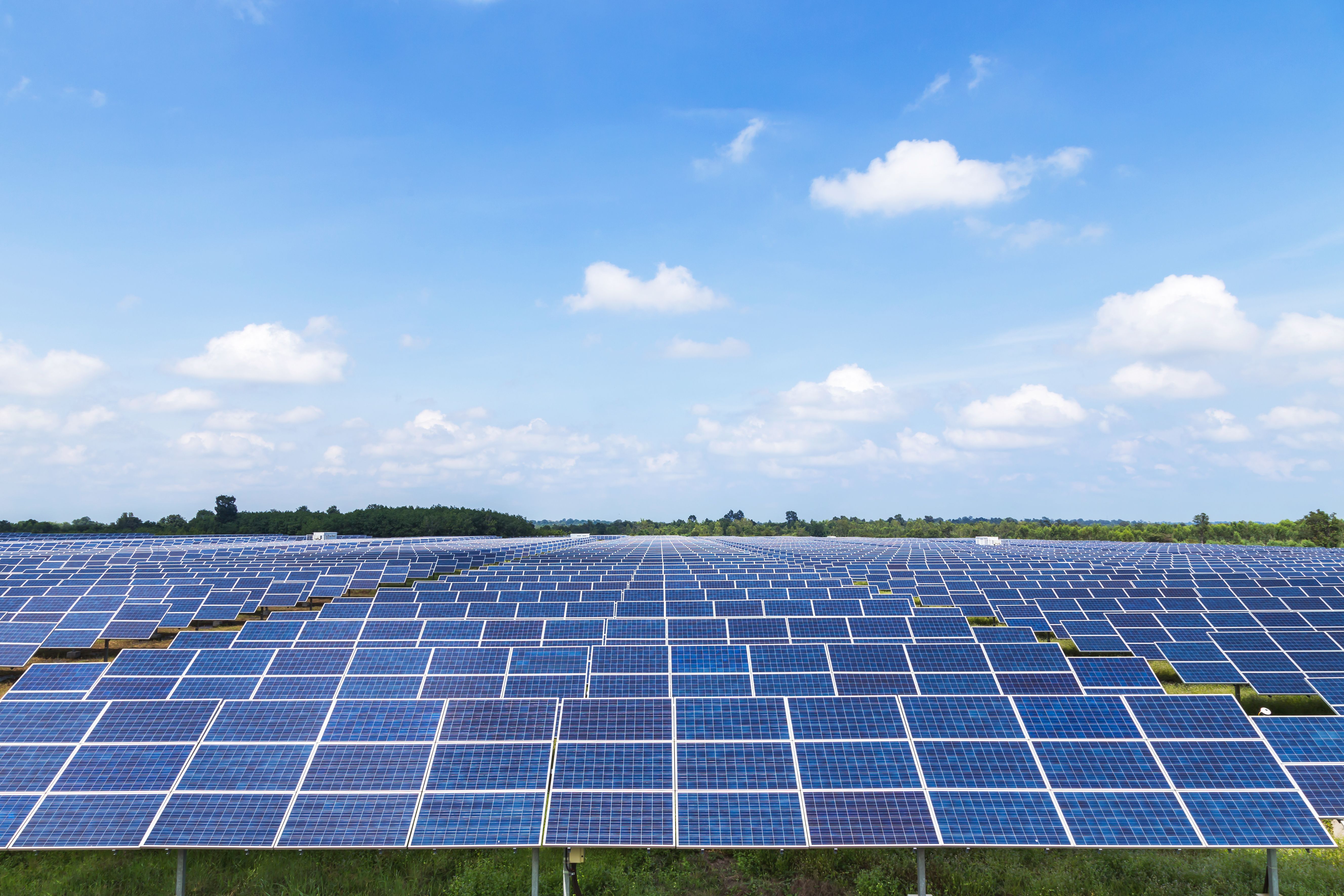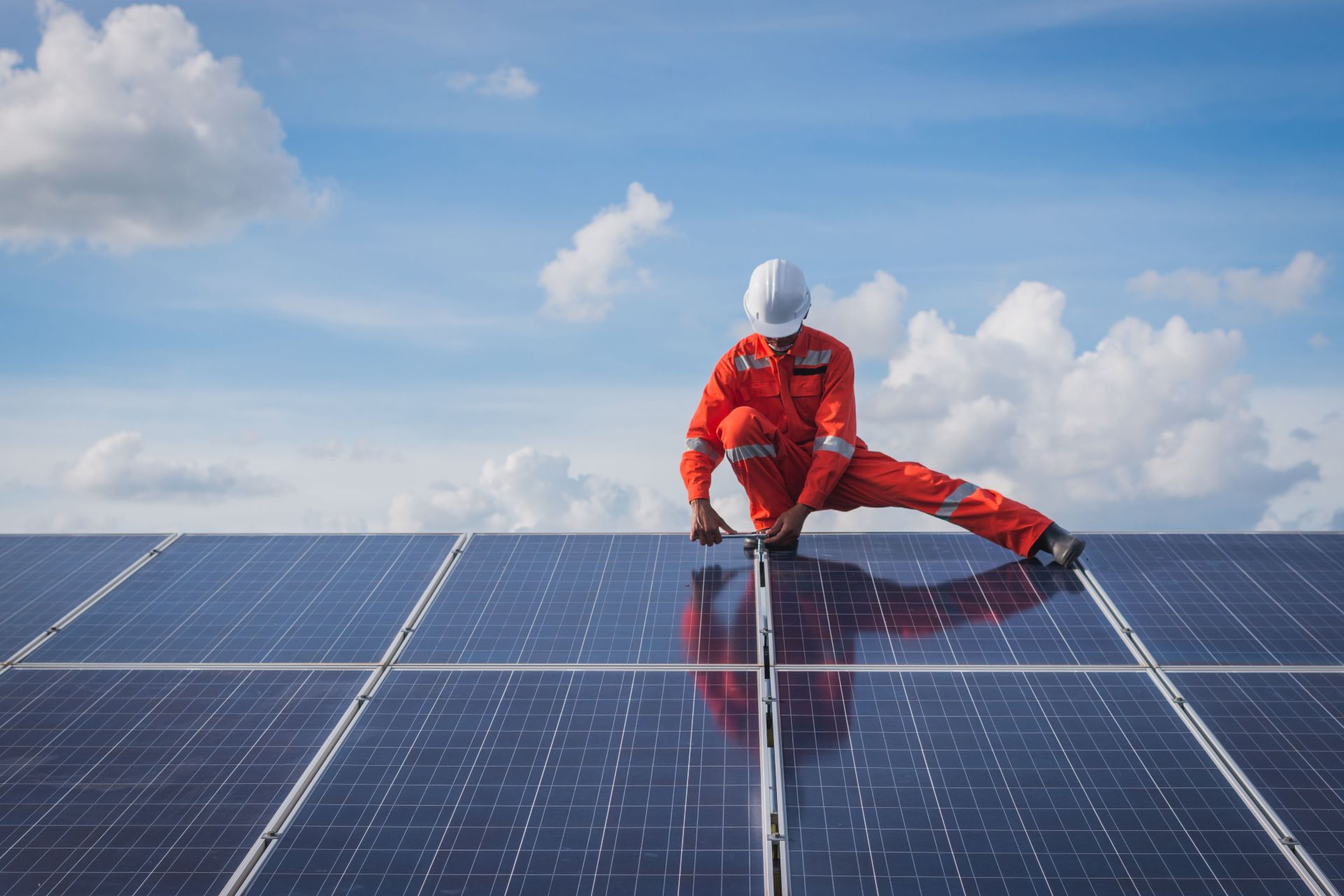PowerChina and Ukrainian developer WindFarm are moving ahead with plans to build an 800MW wind farm in Ukraine, which would be the biggest onshore wind farm in Europe. At a ceremony held in Ukraine on October 30, the two companies signed a joint implementation agreement, with a total investment of around US$1 billion.
The project is breaking new ground in that it is being developed without making use of green tariffs from the government. The output of the complex will be sold on a merchant basis.
The wind park is planned to be installed in the Mangush and Nikolsky districts of Donetsk region, eastern Ukraine. It will be the largest of its kind in the country. No exact timeframe was given for the project’s completion. WindFarm and state-owned PowerChina said their experience will enable them to realize the project “in the shortest time possible”.
PowerChina will be responsible for installing the turbines. WindFarm is expected to sign an interconnection agreement with state-run power company Ukrenergo.
Speaking at the ceremony, Ukranian Wind Energy Association chairman Andriy Konechenkov notes that both companies have extensive experience in implementing wind energy projects. “I’d like to highlight two key peculiarities of the project,” he says. “Firstly, the wind farm will generate and sell electricity to the consumers without any green tariff. It means that the wind power sector of Ukraine is entering a new phase of its development, based on competitive market conditions. Secondly, this project envisages local wind equipment manufacture, which facilitates national wind manufacturing.”
WindFarm has already been involved in the development of around 1.3 GW of wind projects, with 400 MW already operational. PowerChina owns the Three Gorges, the world’s largest hydroelectric dam with a capacity of 22.5 GW, and is heavily involved globally in renewable energy.
Ukraine has been steadily building up its wind power capacity, with nine large projects either planned or in operation.
Last November the 200MW Prymorska project sponsored by Ukrainian energy group DTEK began generating power. It is located on the Sea of Azov shore in Zaporizhia region, South Ukraine.
Prymorska was built in two 100MW phases, with a total investment of 321 million euros (US$358 million). The turbines were supplied by General Electric, and GE Energy Financial Services helped arrange the financing package. It facilitated the raising of 90 million euros in project financing for stage I.
Bayerische Landesbank (Bayern LB), KfW IPEX-Bank and Bremer Kreditbank provided 90 million euros of senior debt to the project. This was supported by German export credit agency Euler Hermes. KfW IPEX came in to support the turbine suppliers, since GE Wind Energy has a manufacturing facility in Salzbergen.
In June 2016 a financing package was signed for phase 2, with 90 million euros provided by a consortium consisting of KfW IPEX-Bank, BayernLB, and ODDO BHF. Euler Hermes once again provided a ten-year commercial export credit insurance, this time with Spanish export credit agency CESCE.
The involvement of both export finance banks and commercial credit providers illustrates the kind of support that will be needed for the planned WindFarm project, and PowerChina is well-positioned to bring in Chinese commercial banks and development banks for the financing package.









